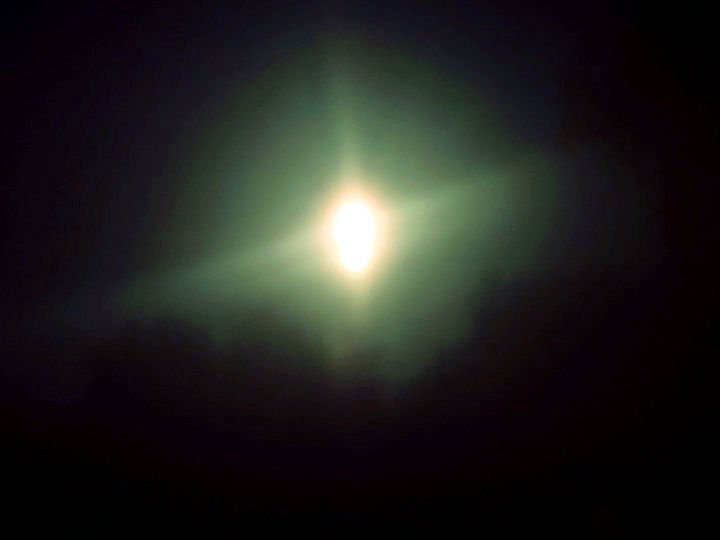 Some folks call February 2014 a Black Moon month because it has no new moon. Our lovely Selene hides her face. This situation can only occur in the short month of February. However, a Black Moon also refers to the second new moon in a calendar month, and January and March are both Black Moon months by that definition. The Black Moon on January 30 was especially auspicious, since the date also ushered in the Chinese new year, the Year of the Horse.
Some folks call February 2014 a Black Moon month because it has no new moon. Our lovely Selene hides her face. This situation can only occur in the short month of February. However, a Black Moon also refers to the second new moon in a calendar month, and January and March are both Black Moon months by that definition. The Black Moon on January 30 was especially auspicious, since the date also ushered in the Chinese new year, the Year of the Horse.

Just so you’ll know, Black Moon also refers to a calendar month with no full moon, another situation that can only occur in the short month of February and results in January and March having two full moons, or Blue Moons.
The poet Keats referred to the moon not as Selene but as Cynthia in Endymion: “O Cynthia, ten-times bright and fair! From thy blue throne, now filling all the air.”
How interesting that we are experiencing three months worth of Black Moons, albeit by two different definitions. Do you prefer the Black Moon or the Blue Moon?
Cool post. Blue Moon it is! One of my favorite brews too 🙂
All right! Thanks for stopping by.
Definitely blue moon for meI I had never realized a second full moon could also be called a black moon…that seems to fit better with no moon at all. I’ve been fascinated by the moon since I was a kid in the backyard with my telescope. I still love stargazing today!
With Black Moon having so many definitions, they are not as rare as Blue Moon!
Reblogged this on Black Moon Pagan.
Thanks for reblogging! I visited your site and look forward to more. Nice to meet you!